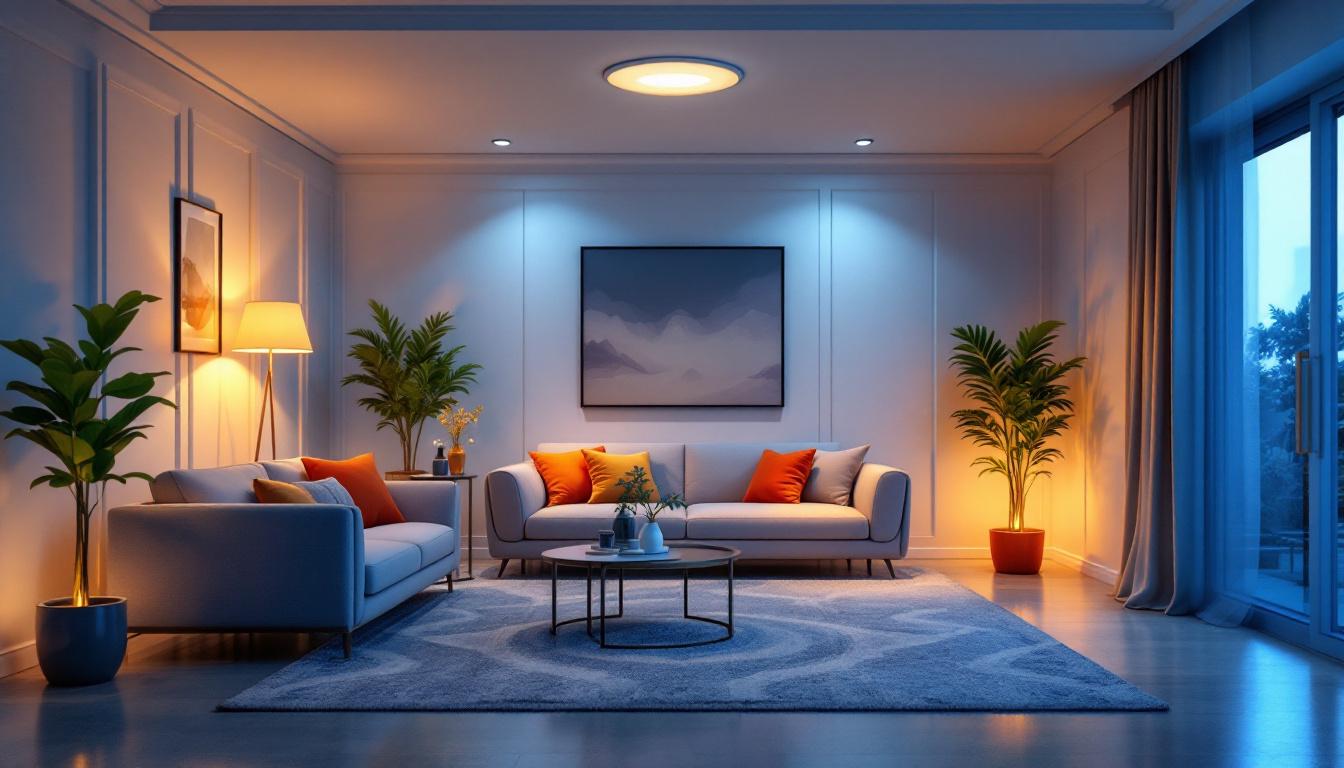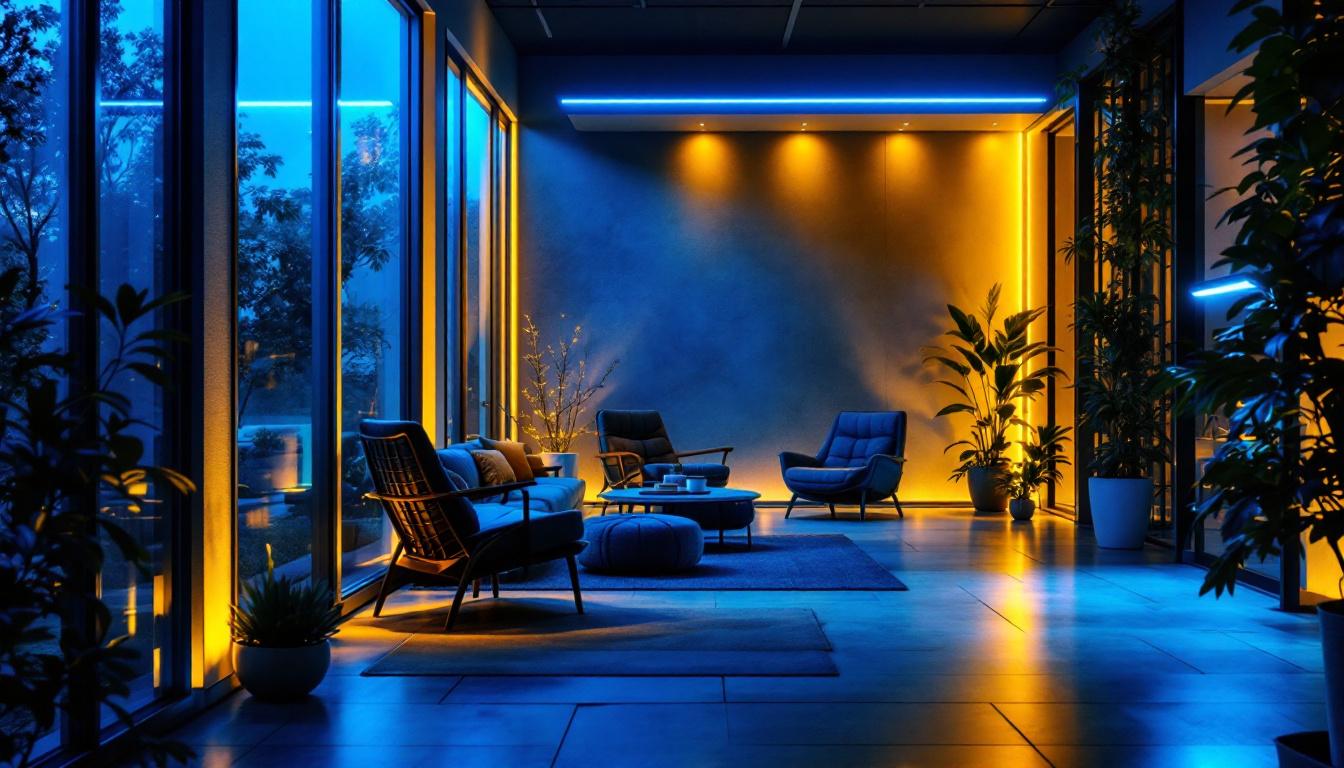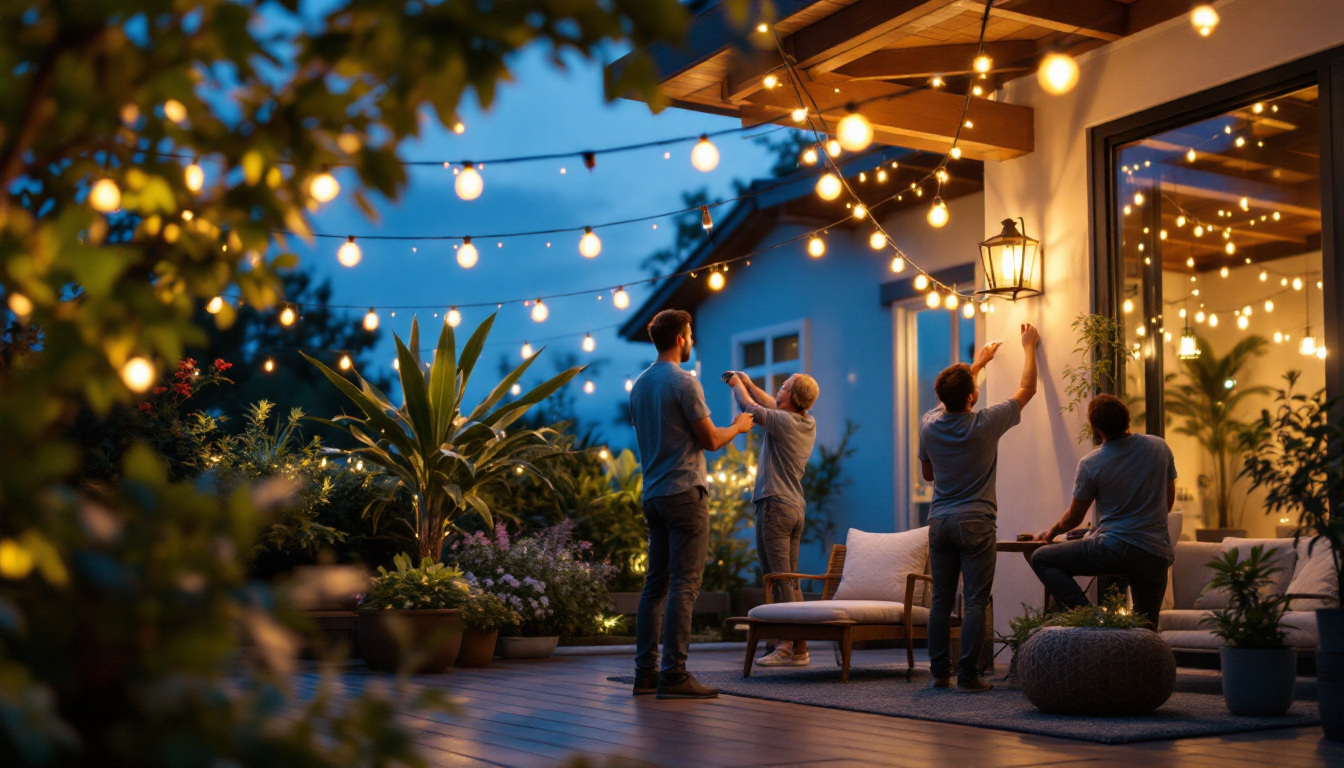
In the realm of lighting design, understanding footcandles is crucial for achieving optimal illumination. Footcandles, a unit of measurement that indicates the amount of light received on a surface, play a significant role in ensuring that spaces are adequately lit for their intended use. However, many lighting contractors make common mistakes that can lead to subpar results. This guide aims to highlight these pitfalls and provide insights to enhance lighting projects.
Before delving into the mistakes to avoid, it is essential to grasp what footcandles are and why they matter. A footcandle is defined as the illuminance on a surface that is one foot away from a uniform light source of one candela. This measurement helps determine how much light is available for various tasks within a space. Understanding footcandles is not just a technical exercise; it plays a crucial role in enhancing the functionality and aesthetics of an environment. For example, in a photography studio, the precise control of footcandle levels can significantly influence the quality of images captured, making it imperative for photographers to be aware of their lighting conditions.
Different environments require different levels of illumination. For instance, a retail store may need higher footcandle levels to showcase products effectively, while an office space may require softer lighting to reduce glare and enhance comfort. In educational settings, classrooms benefit from a balanced approach, where adequate footcandles are necessary to ensure students can read and engage without straining their eyes. Understanding these requirements is the first step in ensuring a successful lighting design. Moreover, factors such as color temperature and the reflectivity of surfaces can further influence how footcandles are perceived, making it essential to consider these elements during the planning phase.
One prevalent misconception is that more footcandles always equate to better lighting. In reality, excessive illumination can lead to glare, eye strain, and even discomfort. For instance, in a hospital setting, overly bright lighting can be disorienting for patients and staff alike, potentially affecting the healing environment. Conversely, insufficient lighting can create dark spots and hinder visibility, making it difficult to perform tasks safely and efficiently. Therefore, it is crucial to strike a balance that meets the specific needs of the space. This balance can often be achieved by layering different types of lighting, such as ambient, task, and accent lighting, to create a harmonious and functional atmosphere.
Accurate footcandle measurements are vital for effective lighting design. Contractors often rely on outdated standards or generalizations, which can lead to miscalculations. Utilizing light meters and conducting on-site measurements can provide a more precise understanding of the lighting needs for a given project. Additionally, considering the time of day and the natural light available can further refine these measurements. For example, a room that receives ample daylight in the afternoon may require less artificial lighting compared to a space that is shaded or has no windows. By taking these variables into account, designers can create more adaptable and energy-efficient lighting solutions that not only meet the required footcandle levels but also enhance the overall user experience.
Lighting contractors frequently encounter challenges when calculating and applying footcandle levels. Here are some common mistakes to watch out for:
Each space has a unique purpose that dictates its lighting requirements. For example, a kitchen needs bright, focused lighting for cooking tasks, while a living room benefits from softer, ambient lighting. Failing to consider the specific functions of a space can lead to inappropriate lighting levels that do not serve the intended use.
Contractors should conduct thorough assessments of the space’s purpose and the activities that will take place within it. This understanding will guide them in determining the appropriate footcandle levels needed to create an effective lighting design. Additionally, it is important to engage with the end-users to gather insights on their preferences and needs. This collaborative approach can lead to a more tailored lighting solution that enhances both functionality and comfort.
Surface reflectance plays a significant role in how light is perceived within a space. Light-colored surfaces reflect more light, while darker surfaces absorb it. Contractors often overlook this factor, leading to miscalculations in footcandle requirements.
To achieve the desired illumination, it is essential to consider the reflectance of walls, ceilings, and floors during the design phase. This consideration will help ensure that the lighting design is effective and meets the necessary footcandle levels. Furthermore, understanding the materials used in the space can also influence the overall lighting strategy. For instance, glossy finishes can enhance light reflection, while matte surfaces may require additional lighting to achieve the same effect. Taking these nuances into account can significantly improve the lighting outcome.
Layered lighting, which involves combining ambient, task, and accent lighting, is crucial for creating a well-lit environment. Many contractors focus solely on ambient lighting, neglecting the importance of task and accent lighting.
By incorporating multiple layers of lighting, contractors can enhance functionality and aesthetics. For instance, task lighting can illuminate work areas, while accent lighting can highlight architectural features or artwork. This approach not only improves footcandle levels but also creates a more dynamic and inviting atmosphere. Additionally, the use of dimmers and smart lighting controls can provide flexibility, allowing users to adjust the lighting according to their needs and moods. This adaptability is particularly beneficial in spaces that serve multiple functions, such as a dining room that transitions from casual family meals to formal gatherings, ensuring that the lighting complements the occasion perfectly.
Accurate calculations are the backbone of effective lighting design. Understanding how to calculate footcandle requirements is essential for any lighting contractor. Here are some key considerations:
The basic formula for calculating footcandles is:
Footcandles = Lumens / Area (in square feet)
By determining the total lumens produced by the light source and dividing it by the area to be illuminated, contractors can arrive at the necessary footcandle levels for their projects. However, it is essential to account for factors such as fixture efficiency and light loss due to distance or obstructions.
Fixture placement significantly impacts the distribution of light and, consequently, the footcandle levels in a space. Placing fixtures too far apart can result in uneven lighting, while fixtures that are too close together can create hotspots and glare.
Contractors should carefully plan the layout of fixtures based on the specific requirements of the space and the desired footcandle levels. This planning may involve using software tools or simulations to visualize the lighting design before implementation.
Environmental factors such as natural light and seasonal changes can affect the overall footcandle levels in a space. Contractors should consider these variables when designing lighting systems to ensure consistent illumination throughout the year.
For example, a room that receives ample natural light during the day may require less artificial lighting, while the same room may need more illumination in the evening. By adjusting for these factors, contractors can create a more adaptable and efficient lighting design.
Once the lighting system is installed, it is crucial to test and adjust the footcandle levels to ensure they meet the desired specifications. This process involves several steps:
Using a light meter, contractors should conduct on-site measurements to assess the actual footcandle levels in the space. This step is essential for verifying that the design meets the intended requirements.
During this measurement phase, contractors should evaluate different areas of the space, noting any discrepancies in illumination. This information will guide necessary adjustments to the lighting design.
If measurements reveal that certain areas are under- or over-illuminated, contractors must be prepared to make adjustments. This may involve repositioning fixtures, changing lamp types, or adding additional lighting sources to achieve the desired footcandle levels.
Flexibility in the design process is key. Contractors should be willing to adapt their plans based on real-world results to ensure optimal lighting outcomes.
Client feedback is invaluable in the testing phase. After adjustments have been made, contractors should solicit input from clients regarding the lighting quality and functionality. This feedback can provide insights into whether the footcandle levels meet the client’s expectations and needs.
By engaging clients in the process, contractors can foster a collaborative relationship and ensure that the final lighting design aligns with their vision.
Understanding footcandles and avoiding common mistakes are essential for lighting contractors aiming to deliver high-quality lighting designs. By recognizing the purpose of the space, considering surface reflectance, and implementing layered lighting, contractors can create effective and aesthetically pleasing environments.
Accurate calculations and adjustments are vital for achieving the desired footcandle levels. By conducting thorough measurements and remaining adaptable throughout the process, contractors can ensure that their lighting designs meet the specific needs of each project.
Ultimately, a successful lighting design not only enhances the functionality of a space but also contributes to the overall experience of its occupants. By avoiding common pitfalls and applying best practices, lighting contractors can elevate their work and achieve exceptional results.
Ready to take your lighting designs to the next level? At LumenWholesale, we provide lighting contractors with the high-quality, spec-grade lighting products you need at prices that make sense for your business. Say goodbye to local distributor markups and hello to our extensive selection that meets the highest industry standards. With free shipping on bulk orders, you can trust that you’re getting premium lighting at the best value — no hidden fees, no compromises. Elevate your lighting projects with the perfect blend of quality, affordability, and convenience. Wholesale Lighting at the Best Value is just a click away.

Discover how lighting contractors can enhance their business by mastering the art of living room ceiling lighting.

Discover how recessed lighting 4 or 6 inch options can enhance your projects—boost efficiency, aesthetics, and value.

Discover how 20 Feet LED lights are revolutionizing lighting design with energy efficiency, versatility, and innovative installation tips.

Discover effective strategies for training your team in the art of outdoor patio lighting with string lights.